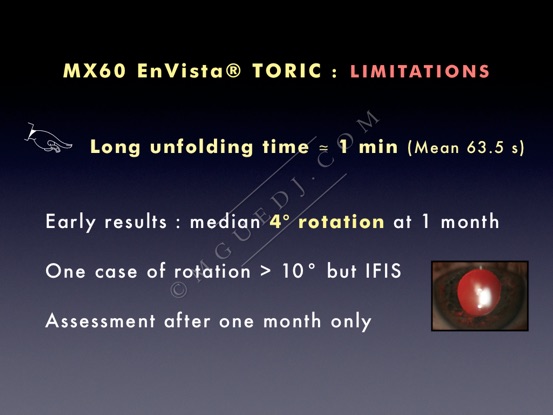COMMUNICATIONS

MIKAEL GUEDJ

Communication orale ASCRS
23 mai 2013
San Francisco

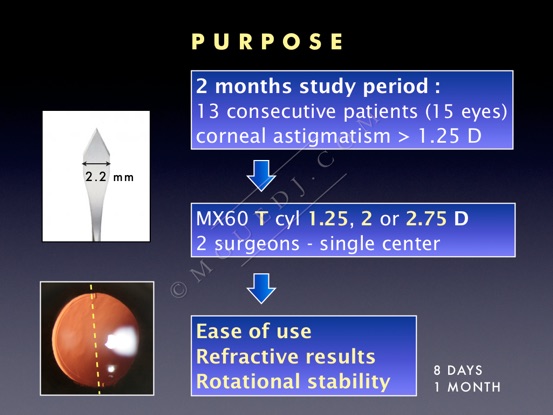


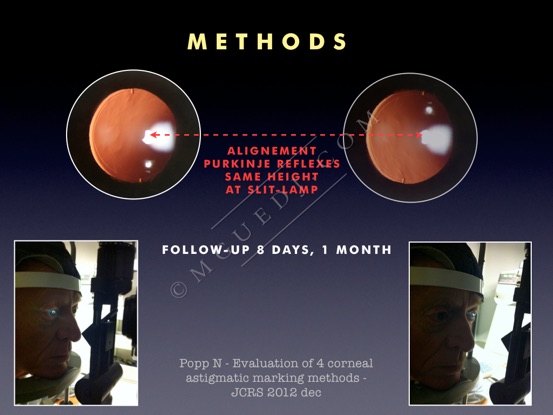

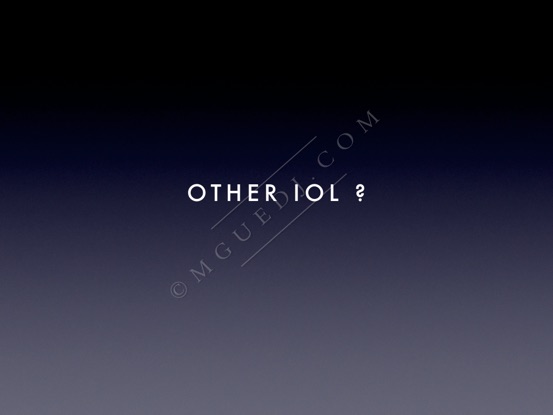
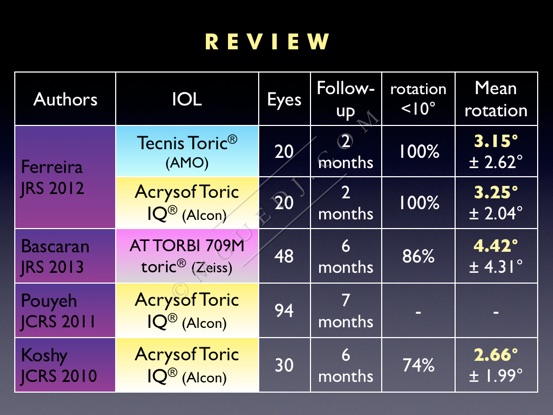

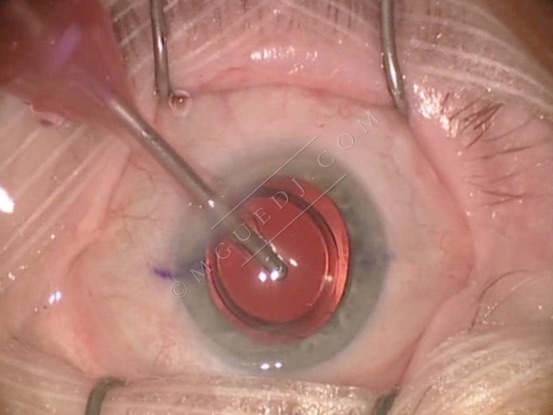



During the first two months of this ongoing study, 15 eyes of 13 consecutive patients with a corneal astigmatism greater than 1.25 diopters were operated. Surgeries were performed in a single center (Cochin Hospital), by two surgeons using a 2.2 mm wound phacoemulsification. The toric cylinders available were 1.25, 2 or 2.75 diopters. The purpose of the study was quite simple : to assess the ease of use of this new toric lens, its refractive results and rotational stability at 8 days and one month.
The lens was the MX60 Envista Toric by Bausch & Lomb® : a hydrophobic white lens with a 6 mm optic.
The day of surgery, the eyes were marked with a bubble marker showing the horizontal axis (0-180°), and the recognition system used during the surgery for the lens alignment was the Callisto system® by Zeiss®.
At the follow-ups, we used a method very clearly discribed in a recent JCRS article (Popp N, Evaluation of 4 corneal astigmatic marking methods, JCRS dec 2012), based on the alignment of the Purkinje reflexes at the same height at slit-lamp, to get a good horizontal position of the head before measuring the axis.
Once the head was properly positionned, we used the graduation of the slit-lamp to assess precisely the axis of the lens, as represented on the pictures below.
.
Above and below are two examples of the aspect at the one week follow-up, with a 5 degrees angle assessed in the second case.




The visual acuity was excellent (represented in logMAR on the first graph, with Snellen equivalent written above), the dioptric reduction and accuracy to target cylinder at one month (<0.5 D in 89% of cases) were efficient.
The median rotation at one month was 4 degrees, with almost 90% of the eyes with less than 10 degrees of rotation of the lens at one month.
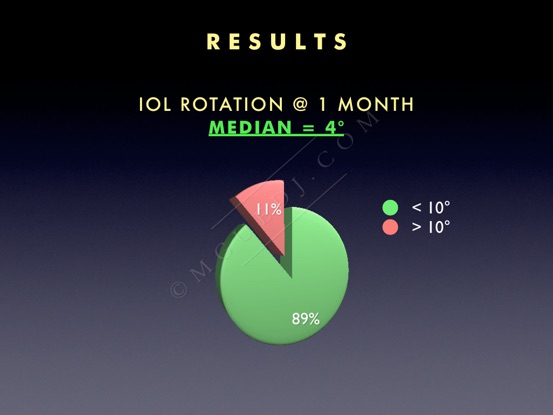
We looked at the results of the other lenses assessed in the recent studies : the mean rotation went from 2.6 to 4.4° with the various lenses, which was consistent with our results.
One of the inconvenience of this lens was its long unfolding time, as shown in the first part of the video below : the injection was quite easy, but the time to unfold completely in the eye was long (mean : 63 s).
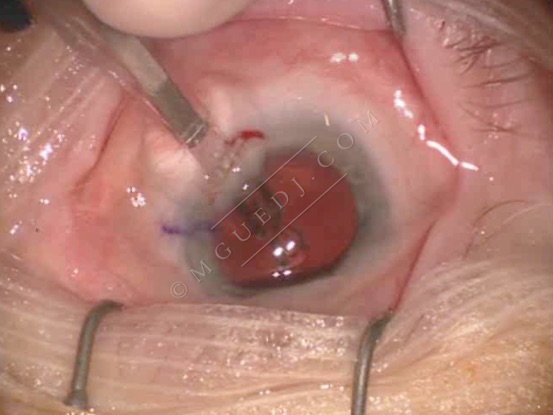
In the second part of the video, is shown one of the best assets of this IOL : the comfort to rotate the lens in both directions (clockwise and anti-clockwise) with the endpiece of the irrigation-aspiration handpiece was made easier through the fenestration between the optic and the haptics.
This made the slights adjustments of the lens axis position at the end of surgery quite easy, even after visco-elastic removal and being only on BSS irrigation.
